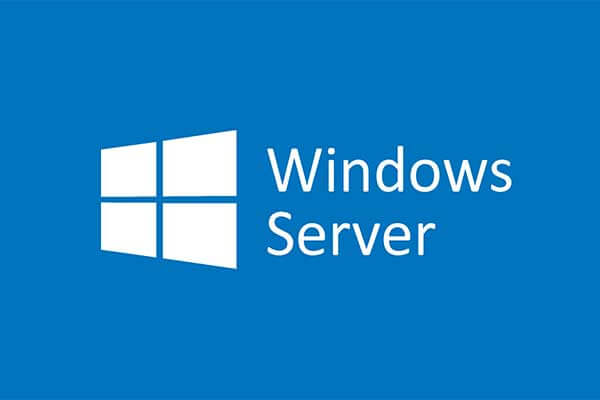What Is Windows Server and How Is It Different From Windows?

Windows is a very popular operating system that is used by millions of individuals and businesses around the world. This system has been around for decades and has gone through many updates and changes, the most recent of which is Windows 10. However, there is a version of Windows that is specifically designed for server computers. This version is known as Windows Server.
Windows Server is essentially an operating system that is specifically designed for servers. It is a product of Microsoft and has been created to support enterprise-level applications and provide secure, reliable and scalable solutions for businesses of all shapes and sizes. Windows Server has been tailored to address many of the unique requirements of server environments.
The primary goal of Windows Server is to provide a powerful and flexible platform for running complex and critical applications that are sensitive to uptime, continuity, and reliability. Windows Server comes in many different editions with each edition providing various features that can cater to different business needs. Some of the popular versions of Windows Server include Windows Server 2012 R2, Windows Server 2016, and Windows Server 2019.
One of the key differences between Windows and Windows Server is that the latter is more focused on business and enterprise environments. Windows Server offers more powerful features and tools designed to support more sophisticated network systems than traditional Windows. This includes Active Directory, virtualization, clustering, directory services, and many other features that are specifically designed for server environments.
Windows Server has a different set of default settings, graphical interface, and services than Windows. This includes different administrative tools and software that allow administrators to manage and troubleshoot servers, as well as features that support a variety of network configurations, storage capabilities and security protocols.






